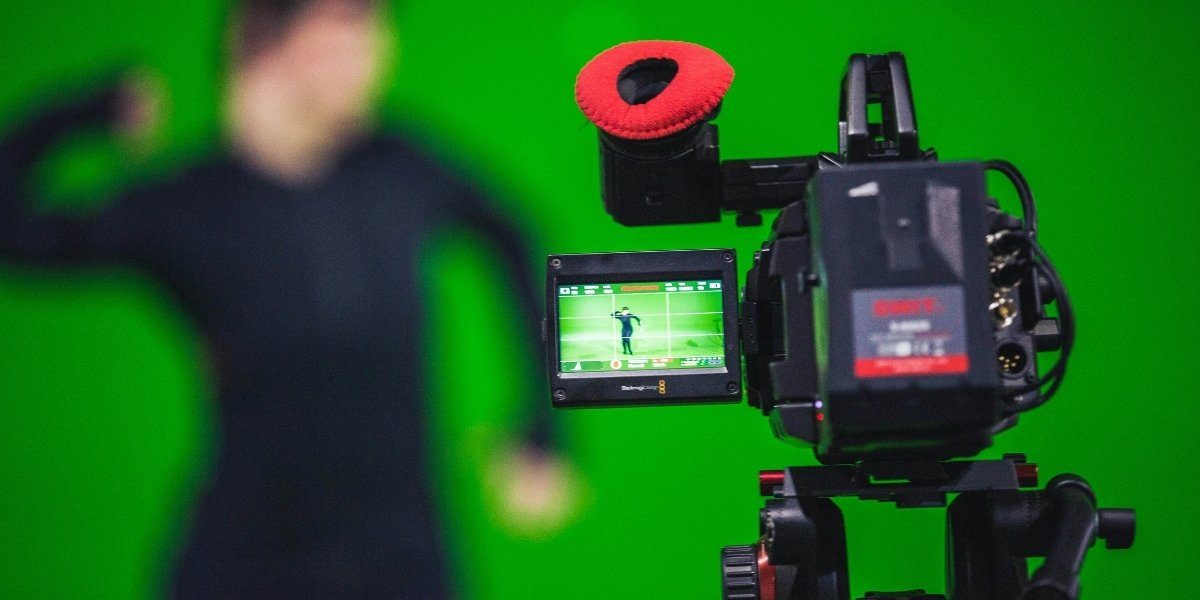Virtual Production in TV: New Techniques & Tech
Virtual production has become one of the most innovative developments in television and film production, transforming the way stories are told and how content is created. By blending real-time digital environments with live-action filming, virtual production allows for seamless integration of CGI, motion capture, and live performances. This technique not only enhances the creative possibilities but also offers significant improvements in efficiency, cost-effectiveness, and flexibility. As the technology continues to evolve, it’s reshaping the landscape of TV production and offering new opportunities for both established creators and emerging talents.
Read Also: Behold the Majesty of California’s Redwood Forests
What Is Virtual Production?
Virtual production is the use of digital tools and environments to create, enhance, or replace elements within a television or film production. The key advantage of virtual production is that it enables filmmakers to create complex environments and scenarios that would be difficult or expensive to achieve with traditional techniques. With virtual production, filmmakers can film actors in front of a digital backdrop, using a combination of LED screens, motion capture technology, and real-time rendering software.
A major aspect of virtual production is its ability to produce realistic, dynamic virtual worlds that interact with physical elements in real-time. Unlike traditional post-production where visual effects are added after filming, virtual production integrates digital elements while filming, providing a much more immersive and collaborative experience for the cast and crew.
How Virtual Production Works: The Technology Behind the Scenes
Virtual production relies on several advanced technologies to bring digital environments to life on set. Some of the key components that enable virtual production include:
1. LED Walls and Stagecraft
One of the most well-known examples of virtual production is the use of LED walls. These giant, high-definition screens are used to project dynamic virtual environments onto the backdrop of a scene. LED walls allow actors and directors to interact with real-time, photo-realistic environments, reducing the need for green screens or location shoots.
Stagecraft, a technique popularized by shows like The Mandalorian, uses these LED screens in combination with motion tracking and camera tracking systems. This ensures that the virtual environment adapts in real-time to the movement of the camera, creating the illusion of being in a dynamic, immersive space.
2. Real-Time Rendering and Engine Software
Unreal Engine and Unity are two of the most widely used software tools for real-time rendering in virtual production. These game engines allow digital assets—such as environments, objects, and lighting—to be rendered in real-time, allowing filmmakers to see changes as they occur. This is a massive shift from traditional visual effects, where digital elements are added in post-production, often months after filming has wrapped.
By leveraging the power of real-time rendering, directors can make on-the-fly decisions about how the virtual world interacts with the live-action components. The result is a more fluid, efficient workflow that saves both time and money.
3. Motion Capture and Performance Capture
Another crucial element in virtual production is motion capture (MoCap) technology, which records the movements of actors, enabling digital avatars or characters to replicate their motions in the virtual world. With advances in performance capture, even facial expressions and subtle gestures are recorded and translated into the virtual character, creating more lifelike interactions between the physical and digital elements.
This technique has been particularly beneficial for productions involving creatures or characters that would be difficult to create without CGI, such as aliens or fantasy creatures. By combining MoCap with real-time digital environments, filmmakers can create incredibly immersive, believable worlds.
4. Virtual Camera Systems
Virtual cameras are essential in virtual production, enabling directors to move seamlessly between the real and digital elements of a scene. With virtual camera systems, the camera can move through digital environments in the same way it would through a physical set. These systems allow for precise camera movements and dynamic angles, enhancing the realism of the shot and providing more creative freedom during filming.
Benefits of Virtual Production in TV
The rise of virtual production in television brings numerous benefits that impact both the creative and logistical aspects of filmmaking:
1. Cost and Time Efficiency
Traditional TV and film productions often require extensive travel, location shoots, and expensive set construction. Virtual production eliminates many of these costs by creating digital environments that can be filmed within a studio, reducing the need for location shoots. Additionally, since digital elements are created in real-time, the time spent in post-production is significantly reduced.
By minimizing the need for physical sets and locations, virtual production allows TV shows to create elaborate environments at a fraction of the cost. This is especially valuable for high-budget productions, where expenses can quickly spiral out of control.
2. Creative Flexibility
Virtual production offers incredible flexibility in terms of what can be achieved on screen. Directors no longer have to worry about the constraints of physical sets or the limitations of green screens. With virtual environments, almost anything is possible—from sweeping landscapes to outer space settings—all of which can be adjusted or changed on the fly.
This opens up new creative possibilities for TV shows, allowing producers to tell more imaginative, visually complex stories. Creators can explore more ambitious worlds, from intricate cityscapes to fantastical, digital landscapes that were previously beyond reach.
3. Sustainability
As the entertainment industry faces increasing pressure to reduce its environmental footprint, virtual production offers an opportunity to make TV production more sustainable. By reducing the need for large-scale location shoots and massive physical sets, virtual production helps decrease carbon emissions associated with travel and resource-heavy set construction. This makes it an attractive option for productions looking to be more eco-friendly.
Challenges of Virtual Production
While virtual production offers numerous advantages, it’s not without its challenges. Some of the potential drawbacks include:
1. Technical Complexity
Virtual production requires a high level of technical expertise and specialized equipment. Filmmakers need to understand how to integrate real-time rendering, motion capture, and camera tracking systems. This complexity can increase the learning curve for both directors and crew members, requiring more training and specialized talent.
2. Expensive Upfront Costs
While virtual production can save money in the long run, the upfront investment in technology and equipment can be expensive. Building an LED wall or investing in high-end performance capture tools requires significant capital, which may not be feasible for smaller production companies or independent filmmakers.
3. Limited by Technology
Although virtual production has made great strides, there are still some limitations in terms of realism. The technology, while impressive, can sometimes struggle with complex lighting situations or intricate details, requiring further refinement in post-production. As the technology continues to advance, these limitations are likely to decrease, but for now, they remain a consideration.
The Future of Virtual Production in TV
The future of virtual production in TV looks incredibly promising. As technology continues to evolve, we can expect even more groundbreaking techniques and tools to enhance storytelling. From more immersive environments to greater levels of interactivity and realism, virtual production is poised to redefine what’s possible in TV production.
With the ability to create highly detailed, expansive worlds without the constraints of physical sets, virtual production is becoming an essential tool for ambitious television projects. As it becomes more accessible and refined, we can expect to see even more shows embracing this innovative technology to create compelling and immersive experiences for audiences.
Read Also: Capture the Sky: Using Drones for Artistic Projects
Embracing the Future of TV Production
Virtual production is transforming the television industry by providing filmmakers with the tools to create stunning, realistic digital environments while also improving efficiency and reducing costs. As the technology evolves and becomes more widely available, we can expect it to play an even bigger role in shaping the future of TV. From creative flexibility to cost savings, virtual production is revolutionizing the way TV shows are made, offering exciting possibilities for both creators and viewers alike.








